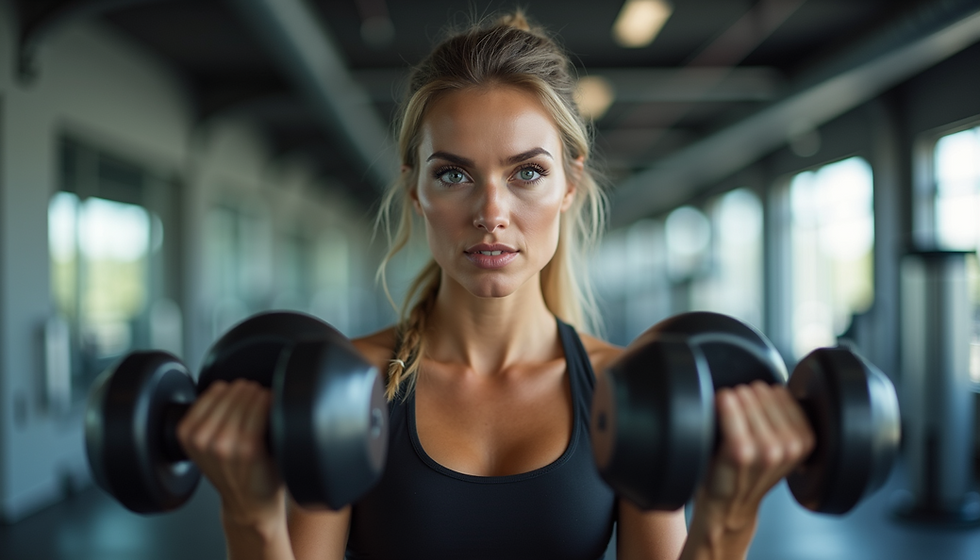Big Muscles Dont = Real Strength
- May 30
- 2 min read
📉 Why Bigger Muscles Don’t Always Mean You’re Stronger
Looking Strong Isn’t the Same as Being Strong
This one’s for my youth athletes and anyone training to move better, feel better, and perform at their best.
There’s a huge misconception out there: That looking strong automatically means you are strong. The truth? There’s no direct correlation between muscle size and real strength.
If you’re training to become a better athlete or a more capable human, focus on power, coordination, and efficiency not just muscle growth.
Yes, muscle development will come with proper training But chasing size alone can actually slow you down or even increase your injury risk.
Train for performance. Train to move well. Train to be strong not just look the part.
1. Sarcoplasmic Hypertrophy (Bodybuilder Gains)
Adds size, not function — mostly glycogen, fluid, and sarcoplasm.
Common with high reps, light-moderate weight, short rest.
Muscles look bigger, but the output doesn’t match.
2. Poor Neuromuscular Efficiency
Strength is more than size — it’s about how well your brain talks to your muscles.
Without better motor unit recruitment, firing rate, and timing, size doesn’t translate to force.
3. Wrong Fiber Focus
Fast-twitch fibers generate the most force and speed.
If your training targets slow-twitch fibers, you might grow without getting much stronger.
💪 How You Can Get Stronger Without Getting Bigger

1. Neurological Adaptation
Most early strength gains are from the nervous system, not muscle growth.
Mastering coordination, activation, and timing makes you stronger fast.
2. Intermuscular Coordination
Strength = how well muscle groups work together.
Dialing in big lifts (squat, deadlift, clean) improves total force output without needing more size.
3. Mechanical Efficiency
Better technique = more power with less effort.
You can lift heavier or move faster just by optimizing angles, posture, and control.

🔁 Practical Implication:
Training should align with your goal:
For size, prioritize hypertrophy protocols: 6–12 reps, moderate loads, controlled tempo, more volume.
For strength, prioritize lower reps (1–6), higher intensity (80–95% 1RM), longer rest periods, and heavy compound lifts.
🧠 Bottom Line for Athletes:
Getting bigger isn’t the goal — moving better, generating more force, and producing repeatable performance is.
Train for performance. Train to move well. Train to be strong not just look the part.
Team A1




Comments